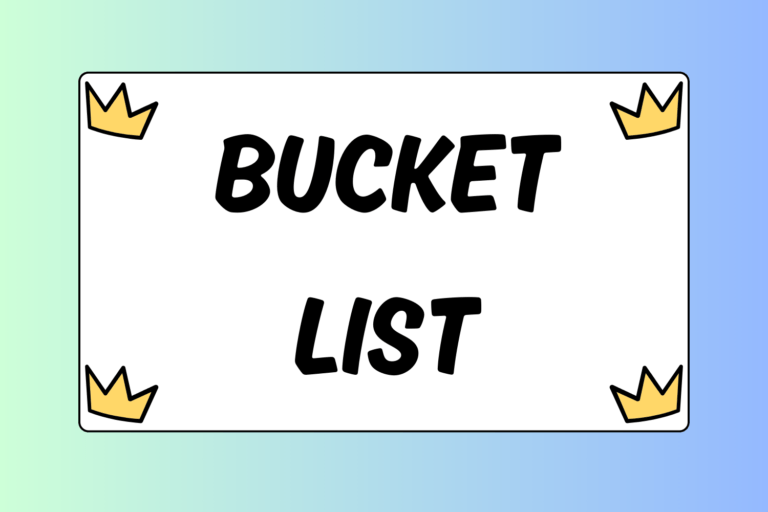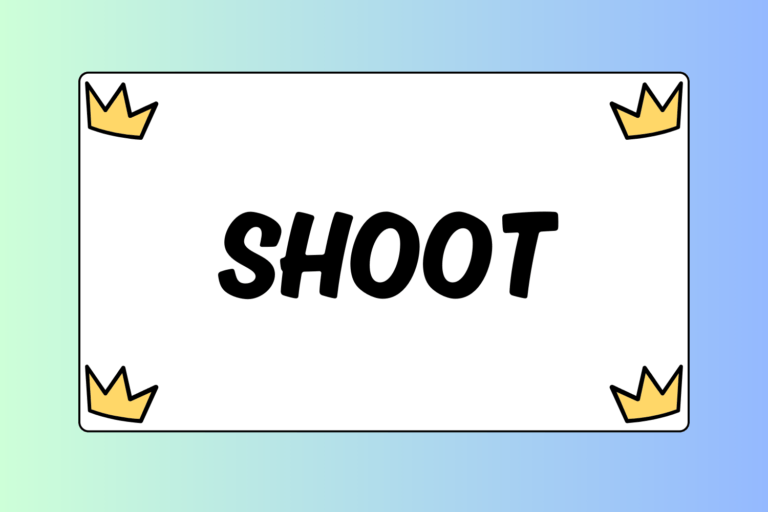If you’re a new scholastic wrestling coach, the process of mapping out a competition schedule for your team can be somewhat daunting. This guide will help you get started on creating a wrestling schedule, providing you with tips that will ensure your team gets the best competitive experience possible.
Planning Overview
The ultimate goal when creating a schedule is to plan events that will help your wrestlers reach their technical peak by the time qualifying tournaments (league, districts/sections, state, etc.) come around at the end of the season. But before the specifics are discussed, there are a few general things you should know about the planning process:
- Plan early: You should have your schedule nearly completed by the summer prior to wrestling season. You may have to fill in some dates here and there, but you should have a general idea of which events your team will attend by this time.
- Start early: One of the biggest mistakes new coaches make is scheduling their first meets more than a few weeks into the season. Each state has a minimum number of days that wrestlers must practice before they compete, which is typically 10 to 14 days. Make sure to schedule your first meets accordingly so your wrestlers are able to get on the mat and start learning as soon as they are eligible.
- Avoid long layoffs: During the season, it’s okay to give your wrestlers a weekend or two off to rest. However, you should avoid long layoffs that keep your wrestlers away from competition for more than a few weeks at a time. Each match is an opportunity to learn, and if you don’t keep your wrestlers active, they could end up behind the curve.
- It happens in January: The month prior to your qualifying tournaments should be your team’s most active and competitive month; in most cases this is will be January. Try to schedule as many tough tournaments as possible during this month. This is the time your wrestlers will be putting their skills together, so try to give them as many opportunities to face tough competition as possible. This will definitely benefit them as they prepare for the qualifying tournaments.
Know Your Limits
Before you start searching for and scheduling events, you must be aware of the specific rules enforced by the governing bodies your team belongs to related to competition. These rules typically concern where and how often your team may compete, and are specific to the league, district, and/or state your team is a part of. Although every rule cannot be explained, the sections below will fill you in on what you need to know to make sure that the competitions you choose are within regulation.
Travel Limits
Some states have regulations concerning the distance a team may travel to compete, and how often. In some cases, you may not be able to leave the state to compete, meaning you will be limited to how far you can travel. This comes into play when planning to attend major events, as it’s very common for teams to have to travel to face good competition. Make sure you know your state’s regulations on travelling before you start searching for events.
Match Limits
Each state has a designated number of matches and competitions a varsity wrestler may participate in before the qualifying tournament series. Most states go by the number of matches a wrestler may have competed in prior to the first qualifying tournament; 40 matches is the most common number, but it varies. There may even be regulations on the minimum number of competitions a wrestler must have competed in prior to the qualifying tournament series. Furthermore, some states may even limit the number of competitions a wrestler may compete in per season. Make sure you consider these regulations so you can provide the right amount of events for your wrestlers.
Searching for Events
The internet is a great way to search for events, and there are several ways you can go about finding them. One of the easiest ways is to look on wrestling forums. Coaches and tournament directors typically post on forums to advertise their tournaments, so finding one in this fashion is relatively easy. You can also search for past schedules of local teams to see what events they’ve attended, and then seek out the contact information for the host of the events.
Networking is another important factor in filling your schedule with quality events. The more coaches and members of the wrestling community you know, the more opportunities you will have to learn about quality events in advance. Make sure you take part in local coaches’ associations and attend meetings for your league, district, or section to stay in the loop.
Hot Tip: Quality over Quantity
Bigger tournaments do not always mean better tournaments. To gauge how tough a tournament is, look into what teams are attending, or what teams have attended in the past. You want to compete against teams that are consistently good and win honors at the state and national levels.
Planning Tournaments
The bulk of your schedule will be made up of individual, non-team oriented tournaments. These tournaments are typically two or three days long, giving your wrestlers a large number of matches in a short period of time. You want to schedule as many tournaments that your budget allows. Most tournaments can cost up to several hundred dollars, and there are typically two fees you will need to pay:
- A bulk fee for your team
- A smaller amount for each wrestler you enter to compete
Make sure the tournaments you schedule are appropriate for the skill level of your team. Filling your schedule with two-day meat grinder, for example, is not recommended for a varsity lineup of inexperienced wrestlers. Conversely, you can’t pack your schedule with one-day meets and expect your team to excel at two-day tournaments in the post season. Make sure to schedule a good mix of competitive one-day and two-day tournaments that are sure to challenge your wrestlers.
Furthermore, you want to schedule a few tough tournaments that elite wrestlers will attend. Some of these tournaments are so exclusive that they may only allow you to bring a few of your top wrestlers. Allowing the top of your lineup to see and experience higher levels of competition will help them close the gap between their current skill level and their potential.
Duals & Dual Tournaments
Generally, the league, district, or section you belong to will establish the days and sites of the meets your team must attend; for example, league dual meets will involve every team in the league. You must create your schedule while considering the dates and locations of these events.
Scheduling non-league dual meets early in the season is a good way to give your wrestlers some extra matches. If you schedule them early enough, these meets could be counted as scrimmages instead of official matches.
Dual meet tournament are also good ways to give your wrestlers extra matches. At these meets, wrestlers aren’t eliminated as they are in individual tournaments. A wrestler can have up to 10 matches over the course of a few days, whether he wins or loses, which can prove valuable at the end of the season. Furthermore, dual meet tournaments are great if you have younger wrestlers who need varsity experience. You can bring these wrestlers along and allow them to wrestle a few matches to see what it’s like at the varsity level.
Hot Tip: Build a Team
Although dual meets and dual tournaments are great competition, they are even better for building team spirit among your wrestlers. Duals allow your team to focus on winning as a whole, allowing each wrestler to contributing individually.
Focus on the Experience
You should now have a better idea of how to go about creating a wrestling schedule. Use the tips in this guide to schedule events that fit the unique needs of your team. Make sure to find events that will be both challenging and fun because in the end, making the experience enjoyable for your wrestlers is what it’s all about!





